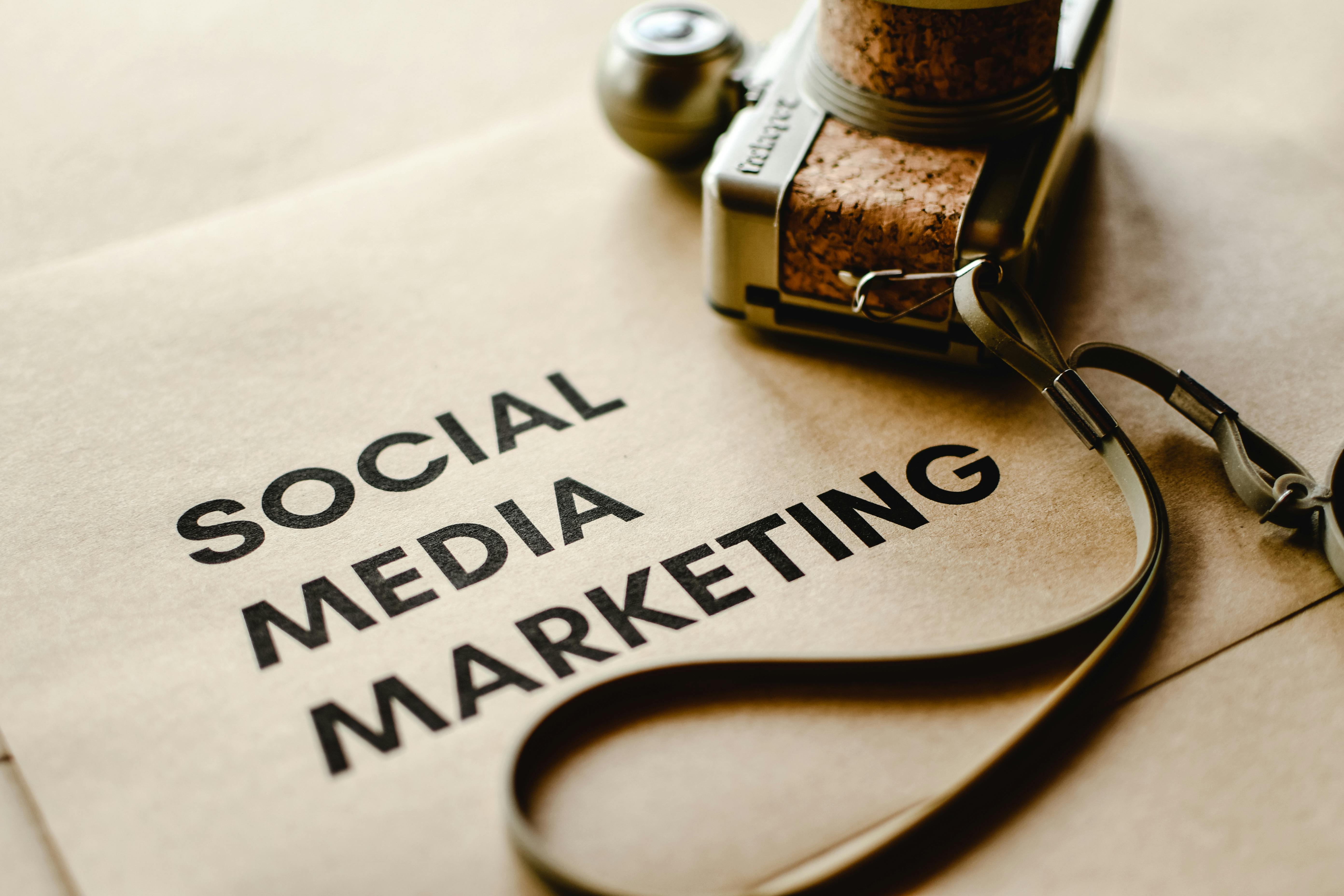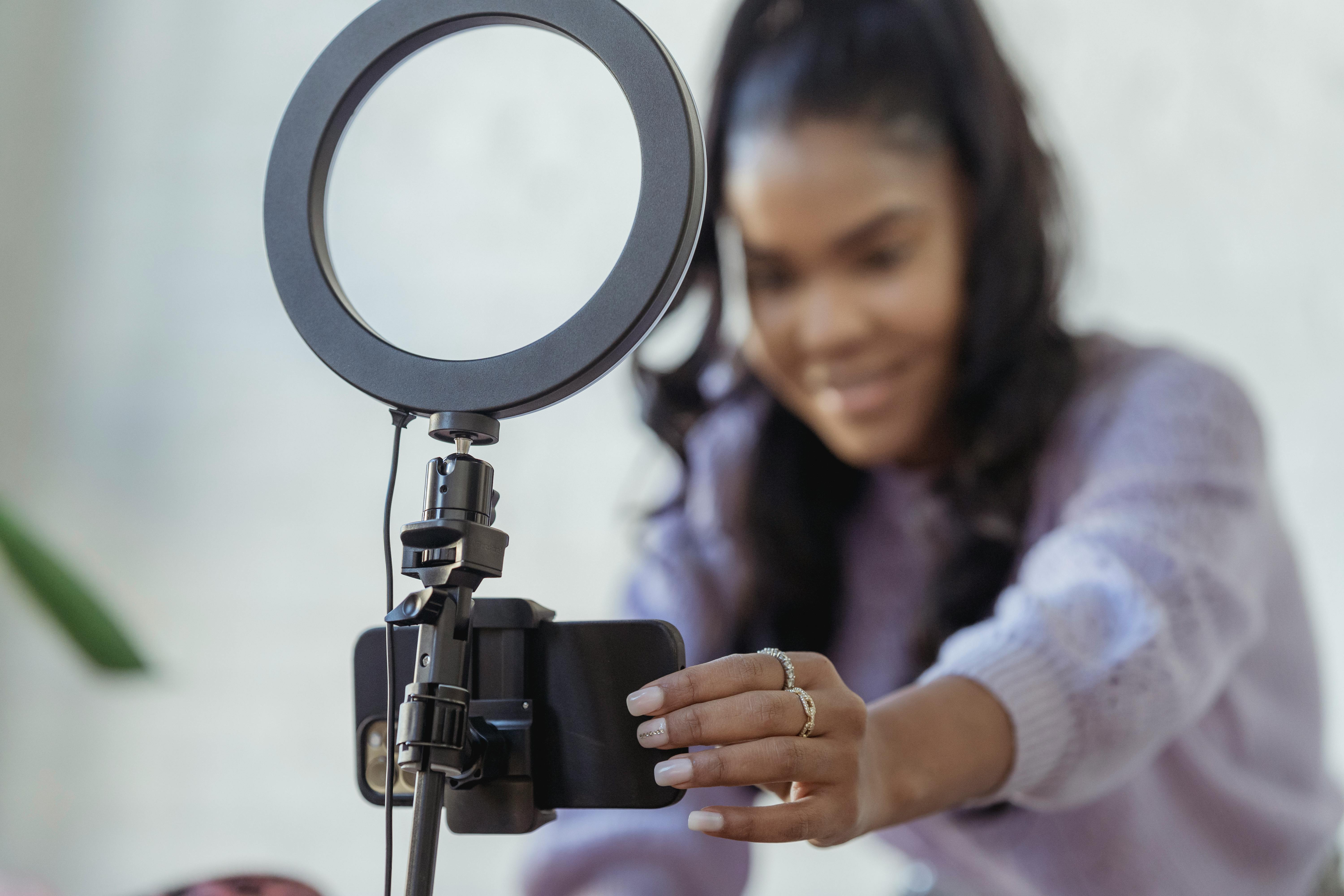Beyond Listing: 5 Creative Post-Sale Strategies to Turn Buyers into Repeat Customers
Ever bought something, used it once, and then it just… existed? Maybe it was a cool gadget, a new t-shirt, or a fancy coffee maker. You had that initial excitement, the "wow" factor, and then poof – nothing. No follow-up, no "hey, how's it going with that thing you bought?" Just silence. As a regular human who buys stuff, I’ve felt that disconnect. It got me thinking: what makes a purchase stick? What makes me, as a customer, actually *want* to go back to a company, not just out of need, but because I feel some kind of connection?
It’s not just about selling a product. Anyone can list something for sale and hope someone clicks "buy." The real magic, the thing that separates the one-hit wonders from the brands you swear by, happens *after* the sale. It’s about building a relationship, showing you care, and turning that single transaction into a long-term friendship. If you’re running a business, big or small, and you’re focusing only on the next sale, you’re missing out on the golden goose: repeat customers. Those are the folks who become your biggest fans, your free advertising, and your most stable source of income.
1. Make It Personal: The Art of the Thoughtful Follow-Up
You know that feeling when a friend remembers something small about you? Maybe your favorite coffee or a detail from a conversation you had weeks ago? It makes you feel seen, right? That’s the feeling you want to create for your customers with personalized follow-up communications.
Think about it: you just spent money with someone. You’re a fresh, new customer. This is prime time to make an impression. A generic "thank you for your purchase" email? Yawn. It’s about as exciting as watching paint dry. But a personalized message? That’s a whole different ballgame.
Epsilon, a big research company, found that a whopping 80% of customers are more likely to stick with a company that offers personalized experiences (industryselect.com). Let that sink in. Four out of five people want you to treat them like an individual, not just another transaction ID.
2. Play the Long Game: Build a Rewarding Loyalty Program
Okay, so you’ve got the personalized follow-up down. You’re making customers feel special. Now, how do you give them a *reason* to keep coming back, beyond just a good feeling? Enter the loyalty program.
Think about your local coffee shop. You probably have a punch card, right? Buy nine coffees, get the tenth free. It’s simple, effective, and it works because it provides a tangible reward for repeat business. That’s the essence of a loyalty program. It’s a thank you that comes with a bonus.
A report by Bond highlighted just how powerful these programs are: 79% of customers said loyalty programs make them more likely to continue doing business with brands (nichecapitalco.com). Almost 80%! That’s not a number you can ignore. People like to be rewarded. It’s human nature.
3. Be the Hero: Deliver Exceptional Customer Service
You know how some companies make you feel like you’re pulling teeth just to get a question answered or a problem solved? Yeah, don’t be that company. If personalized follow-ups are about building connection, and loyalty programs are about incentives, then exceptional customer service is about solidifying trust. It’s the bedrock of any lasting relationship.
HubSpot, a big-shot marketing and sales software company, reported something truly eye-opening: 93% of happy consumers are more likely to support a business with excellent customer service and make repeat purchases (agencyvista.com). Ninety-three percent! That’s almost everyone. This isn’t just about fixing problems; it’s about creating an overall positive experience before, during, and especially *after* the sale.
4. Share Your Smarty Pants: Engage Customers with Educational Content
Alright, you’ve built connections, offered incentives, and shown you’re there for them through thick and thin. But how do you keep your brand top-of-mind even when customers aren’t actively looking to buy? The answer: become a trusted resource. You do this by creating and sharing valuable educational content.
Think about it. We all have problems, questions, or just a desire to learn new things. If *your* brand is the one providing helpful answers and insights, you’re not just a seller; you’re a guide, a teacher, a friend. Forrester research backs this up, suggesting that improving both brand and customer experience together can lead to up to 3.5x revenue growth and increased customer retention and loyalty (qualaroo.com). Educational content is a huge part of improving that experience.
5. Open Your Ears: Solicit and Act on Customer Feedback
Imagine telling a friend, "Hey, I really value your opinion. What do you think of this idea?" And then, when they tell you, you shrug and do nothing with it. How long do you think they’d keep offering their opinions? Not long, right? The same goes for your customers. Actively seeking and, more importantly, *acting on* customer feedback is crucial for transforming one-time buyers into loyal advocates.
Gartner, another big research firm, found something super interesting: 97% of customers who experience value enhancement are likely to share positive word-of-mouth, and 86% are more likely to increase their wallet share with your brand (qualaroo.com). This isn’t just about fixing what’s broken; it’s about showing customers their voice matters, and then proving it by making improvements. That’s value enhancement!
Bringing It All Together: The Ecosystem of Loyalty
So, there you have it. Five strategies that go beyond the initial sale to build genuine, lasting relationships with your customers. It’s not about magic tricks or complex algorithms; it’s about good old-fashioned human connection, amplified by smart business practices.



